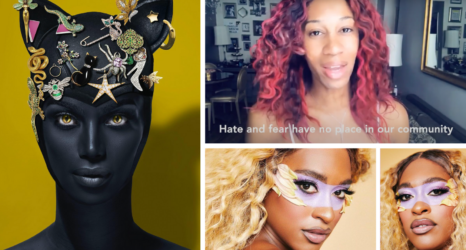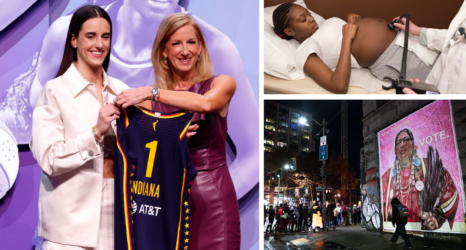Women journalists have always been at the forefront of change—so as the U.S. faces compounding crises, it’s no surprise that women journalists are stepping up to bring truth to the public.
During Women’s History Month 2021, the International Women’s Media Foundation and Ms. began spotlighting women journalists who are making the news media stronger, more diverse and equitable. But their work didn’t end on March 31—and neither does ours. Change starts with recognizing the people behind the byline. All year, join us to learn The Story Behind Her.
This Week: Cheriss May
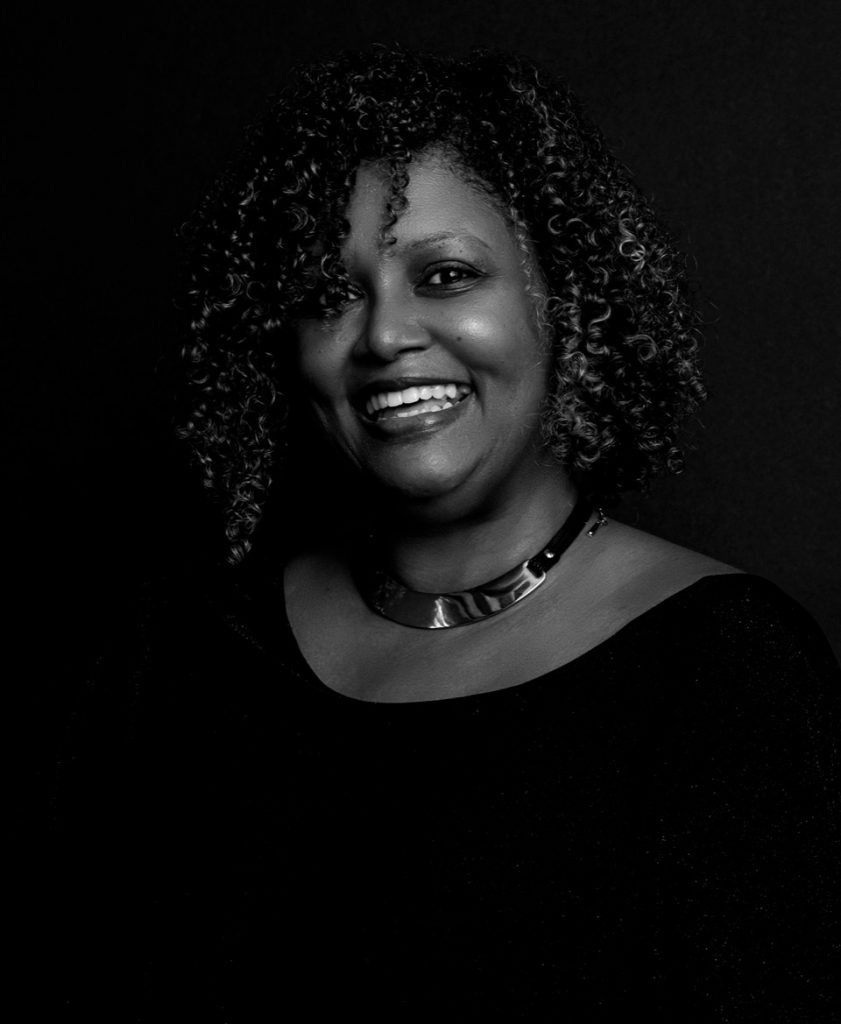
This week, meet photographer and educator Cheriss May (@cherissmay), whose powerful work has appeared in major publications like The New York Times, People Magazine, NBC News, Reuters, BET, the Today Show, National Press Photographers Association and many others. Her subjects include notable feminists, including First Lady Dr. Jill Biden, Cicely Tyson, Maya Angelou and Gabby Giffords.
I am a journalist, but I’m also…
A proud Black woman, storyteller, educator, advocate for underrepresented voices, a lover of history and culture.
What gaps do you see in the photojournalism industry that you try to address in your work?
I’m an advocate for diverse stories and storytellers. I still find myself often being the only Black photographer, and sometimes woman, in certain spaces and for certain assignments. Hopefully through the work I do personally and with organizations I work with, we can change the “status quo.”
We need to normalize hiring BIPOC, and women for commissions, and assignments—not just for protest stories, but also in spaces and stories that have been, and still are, white and male dominated.
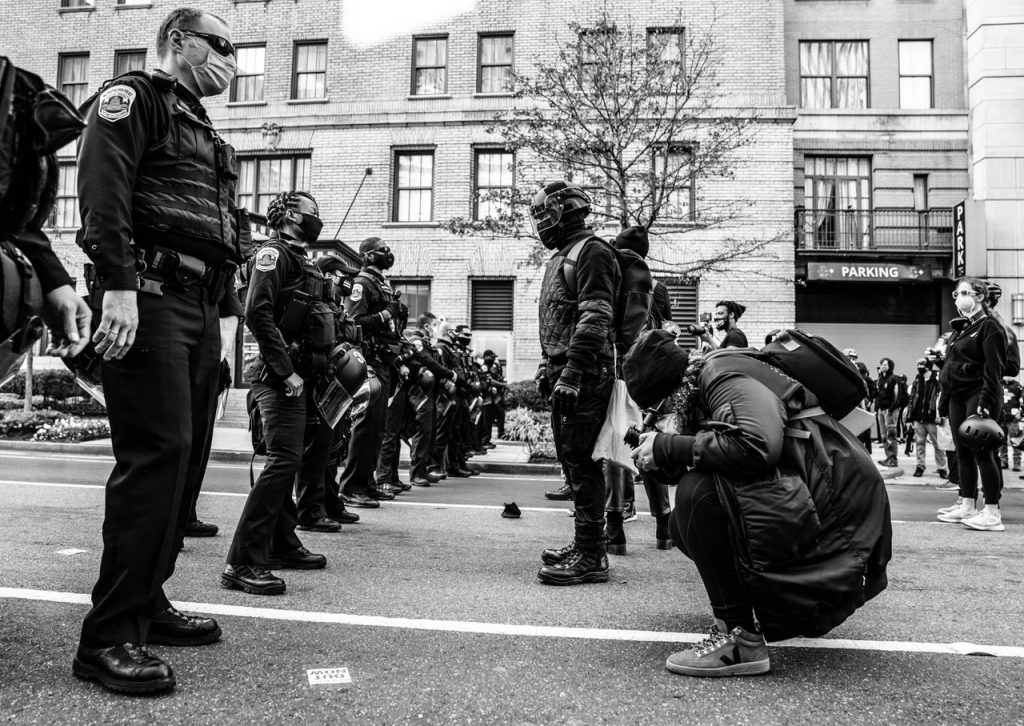
How do your identities shape your reporting? When did your intersections help you report better or help you approach a story differently?
Growing up in a conservative town being called the “n” word at 8 years old, being told by a white school counselor I wouldn’t go further than community college, I learned to not let challenges deter me. I approach each story with the same level of respect and dignity whether a public figure, or a person on the street. My work often puts me at the intersection of race, politics and culture. This helps me to look deeper than the surface of a story to make a genuine connection with people.
Okay, we have to ask… What was it like photographing First Lady Jill Biden?
That was an incredible opportunity! Creating a historical portrait of a dynamic woman who is an educator like myself, at a pivotal moment in history was surreal. First Lady Dr. Jill Biden was warm, friendly and approachable. She was open to direction and easy to work with, which is not always the case when working with public figures.
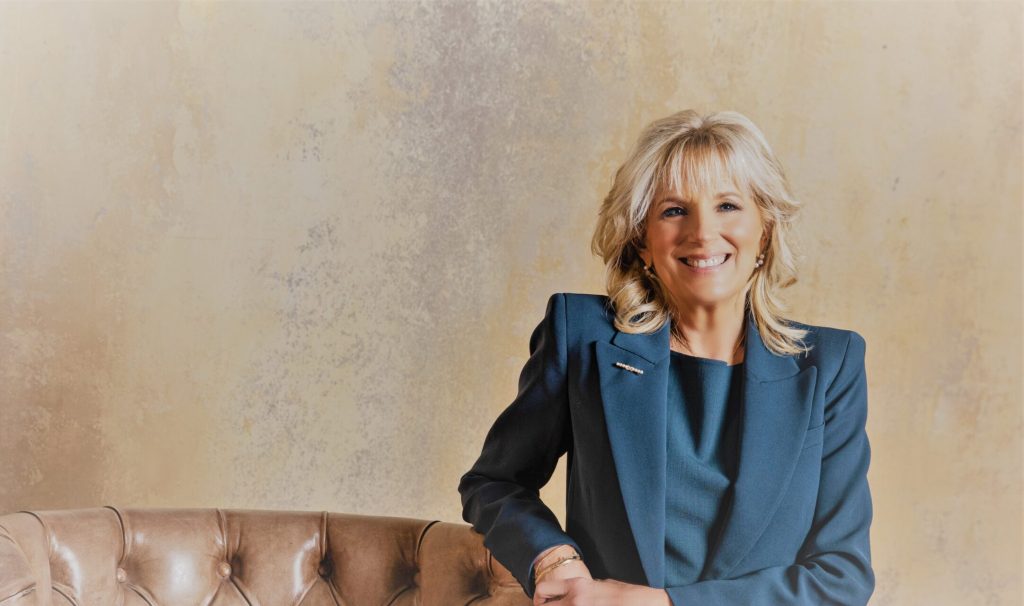
What historical first do you hope we see?
My hope is we get beyond historical firsts, and have seconds, thirds, fourths… I hope we normalize seeing Black women, and people of color in leadership. My hope is that more of us have opportunities to share our voice, stories and work beyond only certain spaces, places and stories.
What has it been like to be a photojournalist this past year? What has been the reality for you while telling the stories we’ve seen? How are you coping?
It has definitely been challenging this past year! I lost a lot of work because of the pandemic. I had to pivot and figure out new ways to tell stories and ways to connect with people safely.
Last year was tense, and work was often dangerous. I had to, and still have to, stay on high alert. I check in with family and friends to let them know I made it to my destination safely, I check in periodically while out, I had to purchase PPE gear to protect myself, I have to think about where I go, and when, I have a quarantine routine for my clothes and disinfecting my gear when I return home.
I was inside the U.S. Capitol working on Jan. 6, a day I will never forget. What I always saw as the safest place in this country, was upended by an insurrection. I saw my life flash before me twice as I was barricaded in Congressman Clyburn’s office. I’m thankful to be here today, but no longer feel safe as I did before that day. Prayer definitely helps me center myself, I sought out counseling, which is helping in the healing process, and I actually find strength in continuing to do the work.
Who’s in your ideal group chat?
Gordon Parks, Michelle Obama, Deb Willis, Beyonce, Lebron James, Oprah, Ava DuVernay, Robert Smith, MacKenzie Scott.
Keep Up With Cheriss May’s Work
May has an exhibit at the Leica Gallery Los Angeles, May 1-July 5, 2021, and another exhibit TBA in October. Stay tuned to updates via her website.
Up next:




